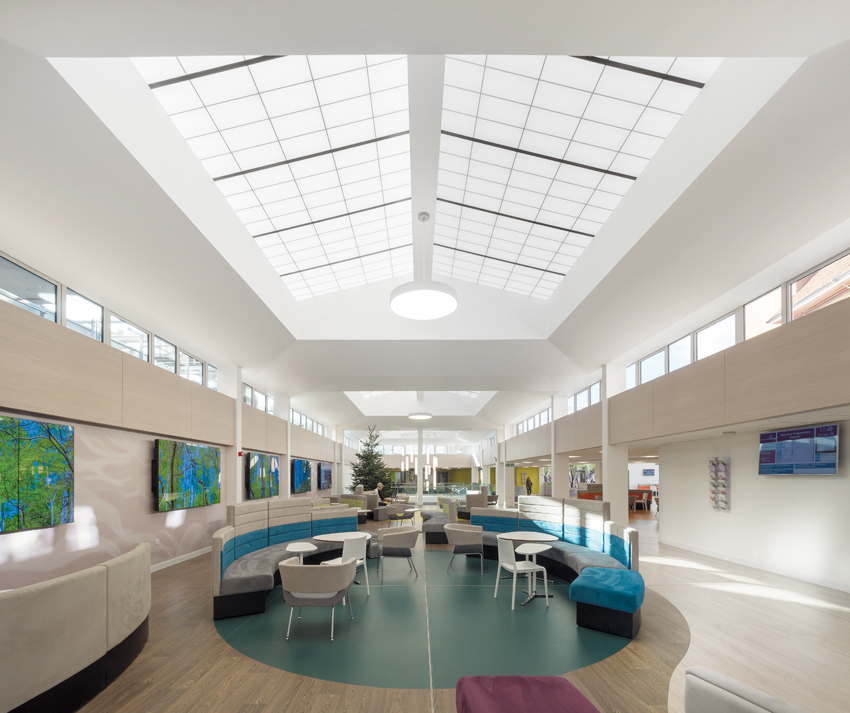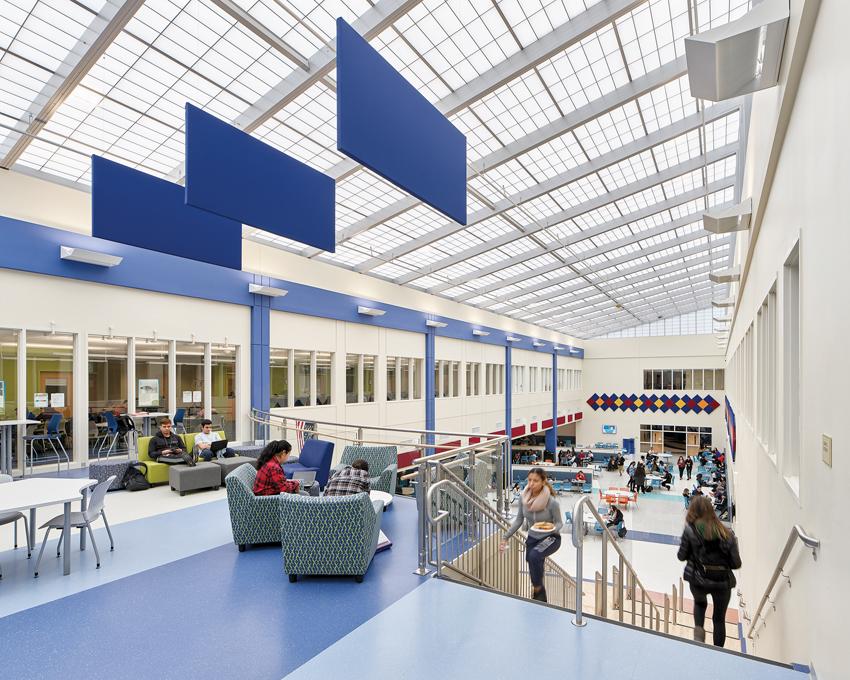Optimizing Daylight in Different Buildings
Learning Objectives:
- Identify and recognize the characteristics of daylighting in buildings that are designed to be green and sustainable.
- Investigate the health and welfare benefits of daylighting for people who occupy or use different types of buildings.
- Assess the performance considerations of different types of glazing systems used for daylighting to balance green building design needs.
- Explore new advances in computer simulation used to analyze and optimize daylighting performance into a specific building design in a specific location.
Credits:
This course is approved as a Structured Course
This course can be self-reported to the AANB, as per their CE Guidelines
Approved for structured learning
Approved for Core Learning
This course can be self-reported to the NLAA
Course may qualify for Learning Hours with NWTAA
Course eligible for OAA Learning Hours
This course is approved as a core course
This course can be self-reported for Learning Units to the Architectural Institute of British Columbia
Incorporating daylight into buildings is a fundamental yet sometimes challenging design issue. At the most basic level, sunlight provides natural lighting and a connection to the outdoors for the people inside the building. However, simply letting sunlight into a building means that the light level and quality are largely uncontrolled—the building receives whatever the sun and sky provide. More sophisticated approaches focus on intentional, controlled daylighting, including the locations of the light in the building, the intensity or amount of light, the color properties of the light, and the ability to disperse or diffuse the light so as to control glare. In this course, we address the implications of incorporating a balanced daylighting approach within the design of buildings. We also look at the specific impacts of well-designed daylighting on the people who use the buildings. This includes a discussion of the attributes of light quality and some of the current methods to analyze, predict, and achieve the most appropriate results for a particular building.

Photo: Alex Upton
Well-designed spaces with the appropriate quantity and quality of natural daylight, like Benenden Hospital in the United Kingdom, help create spaces that are good for both buildings and people.
Daylighting in Buildings
Bringing daylight into buildings has been a primary design goal of buildings throughout history. In times before the introduction of artificial electric lighting, it was often a critical design element not only for functionality but also symbolism representing life and vitality in some cases. This combination of the practicality and design feature capability of daylight has been used in a wide range of forms and techniques for centuries. This has been dictated, in large part, by the available building technologies of each time period and location, but has included openings to let in sunlight that is direct, reflected, diffused, or otherwise captured and dispersed. In some cases, this has been controlled through the use of shutters, baffles, or windows, while in others, there have simply been openings in the walls and/or roofs of buildings.
In recent decades, additional significance has been placed on daylight. As buildings have become more tightly constructed and the use of mechanical and electrical systems has become integral to design, sunlight has become a friend of buildings in need of heating or lighting energy and a foe of those needing cooling energy. Too little daylight in a building requires more artificial electric lighting. Too much daylight can create unwanted glare that will cause people to block it with shades, blinds, etc. and turn on the electric lights. It can also produce a higher cooling load from the direct solar gain that requires more electricity to address. This has given rise to a considerable amount of effort by code developers, design professionals, construction teams, and product manufacturers to find the best balance between beneficial daylight and overall energy performance in buildings. Adding to the mix is the understanding that the “best” solutions certainly vary based on the geographic location of the building, the climate, the time of year, and even the time of day.
An additional significant feature of daylight is the health and wellness aspects it brings to the building occupants. Working or functioning in the proper amount of light is both a fundamental and reasonable expectation of people in buildings. The Illuminating Engineering Society of North America (IESNA) is the nationally recognized source for determining what is really meant by “proper amount of lighting” in different situations. The organization describes itself as The Lighting Authority® and “seeks to improve the lighted environment by bringing together those with lighting knowledge and by translating that knowledge into actions that benefit the public.” By using data generated by the IESNA based on years of studies by experts and input from users, design professionals can determine how much light (measured in lux) is appropriate, within acceptable ranges, for particular building situations.
Beyond quantity of light, other significant organizations including the National Aeronautics and Space Administration (NASA), different branches of the U.S. Military, major universities, and the National Institute of Health (NIH) have all done work related to the quality of light for human purposes. Based on their work, it is fair to say that simply adding more light is not always the best solution, but rather, factors including the intensity, color, direction (direct or diffuse), and other aspects of the light are equally if not more important. It is often these light quality issues that are tied to the health and wellness of people inside buildings, particularly when they are produced by daylighting schemes.

Photo: Jeffrey Totaro
People who spend time in buildings with natural daylighting, such as Hudson County High Tech High School in New Jersey, have better outcomes than those who do not get enough daylight.
Studied Benefits of Daylighting
Since the year 2000, a fair number of independent studies have looked at the benefits and consequences of different types of light on people. Recognizing this body of work, the design community has responded either directly or through some well-known organizations. The LEED green building rating system, for example, has included a recognition of the benefits of daylighting since its inception. A number of credits and points in this popular system are directly tied to established knowledge in several areas, including energy optimization and indoor environmental quality.
First, related to the impacts on energy consumption, calculations or computer modeling are encouraged that demonstrate the areas in the building that can benefit from daylighting. Not only should those areas allow artificial lights to be turned off, but they should also lower the cooling load by eliminating internally generated heat from the electric lights. Nonetheless, these benefits need to be balanced with the overall impact that additional solar heat gain into the building will create on cooling requirements. The overall intent is for energy optimization and a notable reduction in the carbon footprint of the building.
Second, related to occupant welfare, LEED and the WELL Building Standard both look at indoor environmental quality issues. WELL delves deeper into the details of the impacts on people, but both programs address similar concerns in regard to daylighting, all based on cited sources, research, and standards. In particular, the intent is to use natural daylight to enhance and stimulate indoor environments while balancing performance, value, and aesthetics. There is specific attention given to prioritizing the appropriate control of light color and intensity, which has been shown to greatly help with natural, circadian, biological rhythms in people.

















